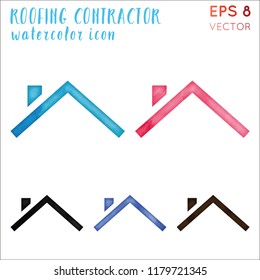Explore The Duty Of Seasonal Consider The Success Of Industrial External Paint And Uncover The Best Times To Protect Long-Term Outcomes For Your Job
Explore The Duty Of Seasonal Consider The Success Of Industrial External Paint And Uncover The Best Times To Protect Long-Term Outcomes For Your Job
Blog Article
Content Create By-Leach Browne
When you're planning a commercial external painting project, seasonal variables can make or break your results. You'll wish to think about just how temperature and moisture impact paint application and drying out times. Selecting the right season can guarantee your paint adheres appropriately and lasts longer. But which periods are truly the best for this sort of job? Let's discover the crucial elements that can influence your job's success.
The Impact of Temperature Level on Paint Application
When you're planning a commercial exterior painting project, the temperature level can considerably influence exactly how well the paint adheres and dries out.
Preferably, you wish to paint when temperature levels vary between 50 ° F and 85 ° F. If it's as well chilly, the paint might not heal appropriately, causing issues like peeling off or breaking.
On the flip side, if it's also hot, the paint can dry as well promptly, stopping appropriate bond and causing an irregular surface.
You must likewise think about the moment of day; early morning or late afternoon uses cooler temperature levels, which can be extra desirable.
Always check the maker's recommendations for the details paint you're using, as they often give guidance on the excellent temperature range for optimum outcomes.
Humidity and Its Effect on Drying Times
Temperature level isn't the only environmental variable that affects your commercial outside painting job; humidity plays a significant duty also. High humidity degrees can slow down drying out times significantly, influencing the overall top quality of your paint job.
When the air is filled with moisture, the paint takes longer to heal, which can cause problems like poor adhesion and a greater threat of mildew growth. If you're painting on a particularly humid day, be prepared for extended wait times between coats.
It's vital to check local weather and plan accordingly. Ideally, https://www.sunset.com/home-garden/design/dos-and-donts-exterior-house-painting for humidity levels in between 40% and 70% for optimum drying.
Keeping these factors in mind guarantees your job remains on track and provides a long lasting surface.
Best Seasons for Commercial Exterior Painting Projects
What's the best season for your business exterior painting projects?
Spring and very early autumn are generally your best choices. During bedroom painters , temperatures are light, and moisture degrees are usually reduced, developing perfect problems for paint application and drying.
Stay clear of summertime's intense heat, which can cause paint to completely dry too promptly, leading to bad adhesion and surface. In browse around this site , winter season's cold temperature levels can impede correct drying and healing, running the risk of the longevity of your paint work.
Go for days with temperatures between 50 ° F and 85 ° F for optimal outcomes. Remember to check the local weather prediction for rain, as damp conditions can ruin your project.
Planning around these elements ensures your painting task runs smoothly and lasts longer.
Verdict
Finally, planning your industrial external painting jobs around seasonal factors to consider can make a considerable difference in the end result. By scheduling job during the excellent temperature levels and moisture degrees, you'll make certain better attachment and drying out times. Remember to watch on local weather report and pick the correct time of year-- spring and early autumn are your best choices. Taking these actions will help you achieve a durable and expert surface that lasts.
